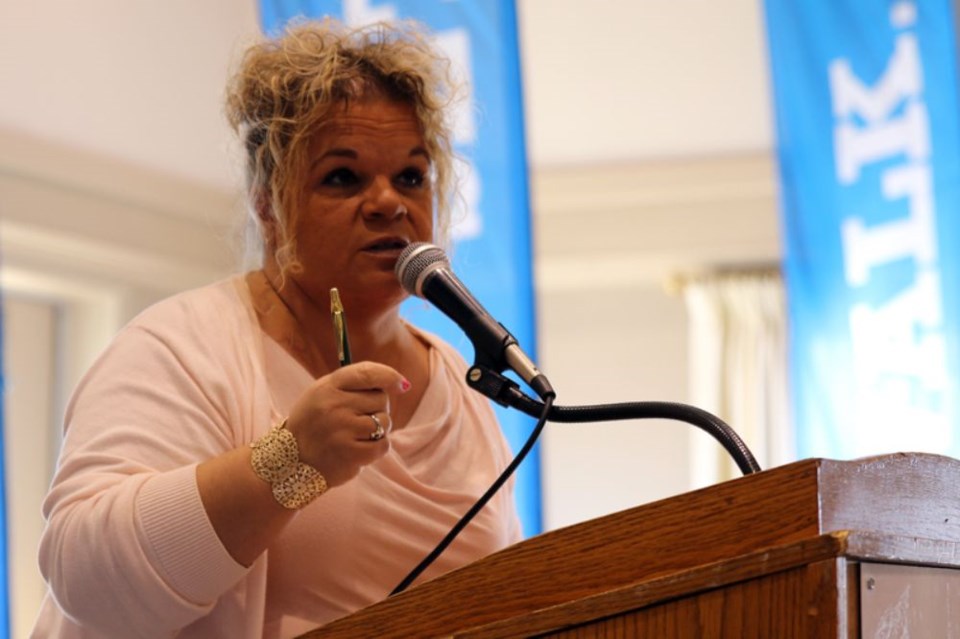THUNDER BAY -- Relay For Life organizers plan to double the length of their June 17 cancer research fundraiser and with it, will nearly double their fundraising goal.
The Canadian Cancer Society hopes to raise $119,000 this summer compared to last year’s $65,000. The six-hour Relay For Life in 2015 attracted an intimate audience so the 2016 event is going back to its roots.
“We’re going back to the old way of doing things because people want to be there for 12 hours,” said Canadian Cancer Society’s Northwest regional manager, Maria Cabral.
“I think they like the camping aspect of things. It’s a Fort William Historical Park, we have beautiful summers, it’s June. They want to stay all night.”
Cabral made the announcement at a survivor luncheon at the Airlane Hotel on Saturday where a base of around 50 cancer survivors and their families gathered to share their stories and talk about the event’s importance to them and their families.
She cited the Wheels of Hope program that transports patients to and from their chemotherapy and radiation appointments as an example of local fundraising directly benefiting cancer patients.
The conversation about fundraising, however, always returns to cancer research.
“Research is really important,” Cabral said.
“More and more money needs to go into research and that’s money we’ll raise at the relay, as well as money that goes toward our services and program we run locally throughout Northwestern Ontario.”
A $200,000 Innovation grant is allowing local doctor Chris Phenix to conduct research into molecular imagery. Where anatomical imaging like X-Rays, MRIs and CT scans can identify the size, shape, density and location of tumours, molecular imagery can study the body at the biochemical level.
His research has implications that could catch tumour growth more quickly and prescribe medication more accurately.
“By the time a clinician sees a tumour growing or shrinking or moving to another part of the body, a lot of times, it’s already too late,” Phenix said.
“Whether a patient is responding to any given drug or given therapy at the biochemical level, you start to see changes right away.”
Registration is already open for Relay For Life teams.
